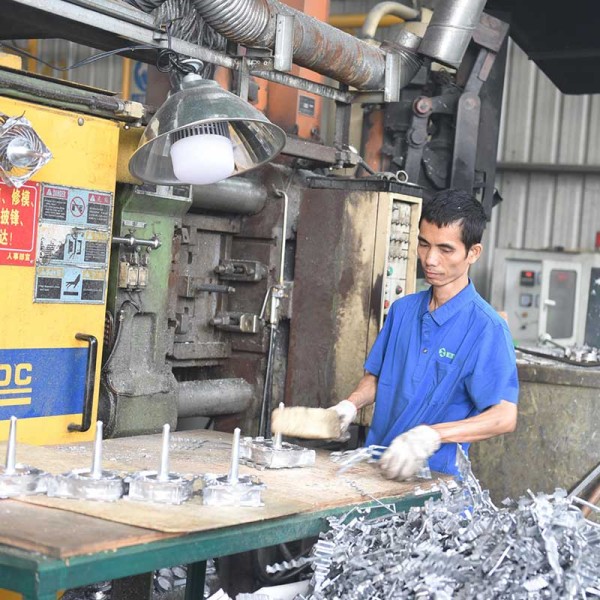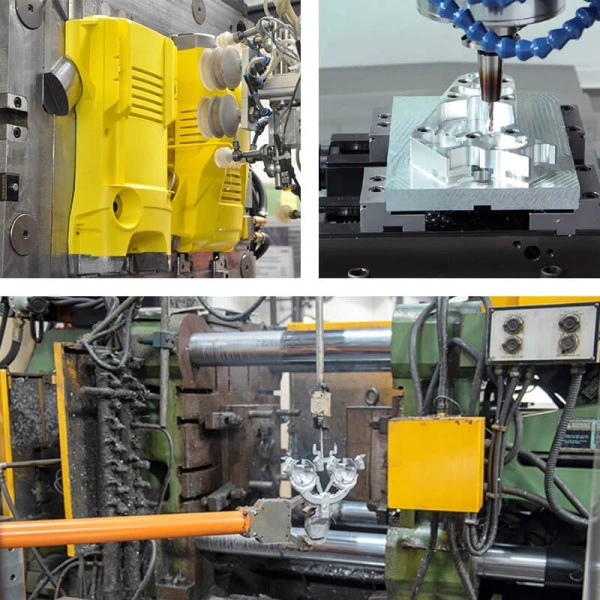It is well known that the first step in producing aluminum alloy die-casting products is to fabricate the die-casting molds. However, the correct and reasonable design of aluminum alloy die-casting molds is the primary condition for the smooth progress of project production. It plays a vital role in ensuring the quality of die-castings. The correct selection of various process parameters is a decisive factor in obtaining high-quality die-castings, and the aluminum alloy die-casting mold is a prerequisite for the proper choice and adjustment of these parameters. The design of aluminum alloy die-casting molds is essentially a comprehensive reflection of the anticipation of multiple factors that may occur in aluminum alloy die-casting production. In the process of aluminum alloy die-casting production, the role of die-casting molds is mainly reflected in the following aspects:
I. Determining the Shape Forming and Dimensional Accuracy of Die-Castings
1. Shape Forming
The cavity part of the die-casting mold is designed according to the shape of the aluminum alloy die-casting to be produced. Liquid aluminum alloy is injected into the mold cavity under high pressure, and after cooling and solidifying, a die-casting with the same shape as the cavity is formed. Whether it is a simple or complex product structure, it all depends on the cavity of the die-casting mold for shaping, and the quality of the mold design plays a specific role in the shaping accuracy of the product.
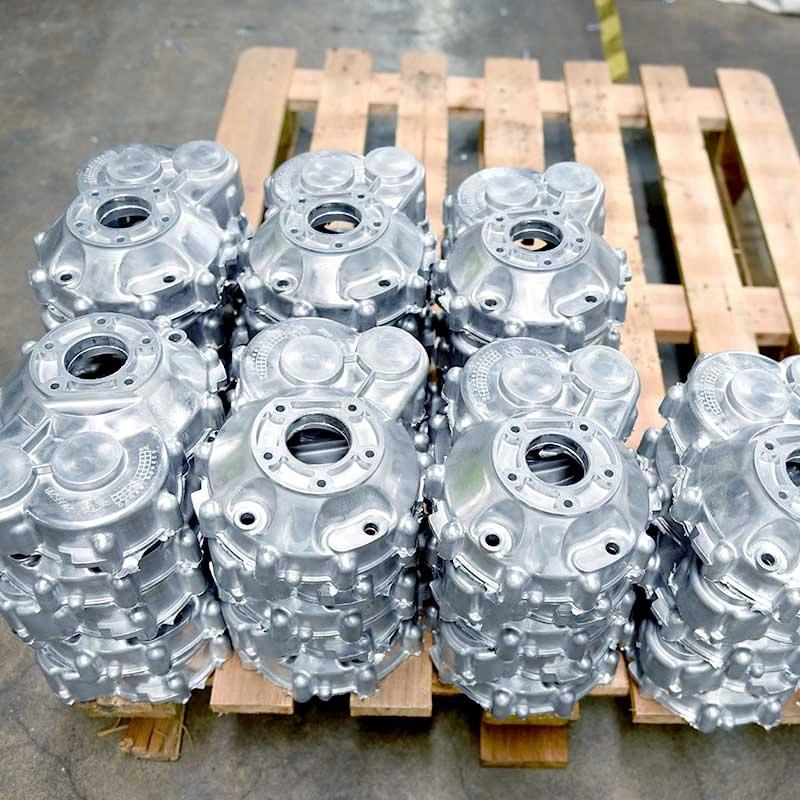
2. Dimensional Accuracy Control
The dimensional accuracy of the mold cavity directly determines the dimensional accuracy of the die-casting. The accuracy control of dimensions during the mold production process, including the tolerance range of the cavity, the fitting accuracy of each part, etc., plays a decisive role in whether the dimensions of the die-castings produced by aluminum alloy meet the requirements and whether the dimensional tolerances are within a relatively small range.
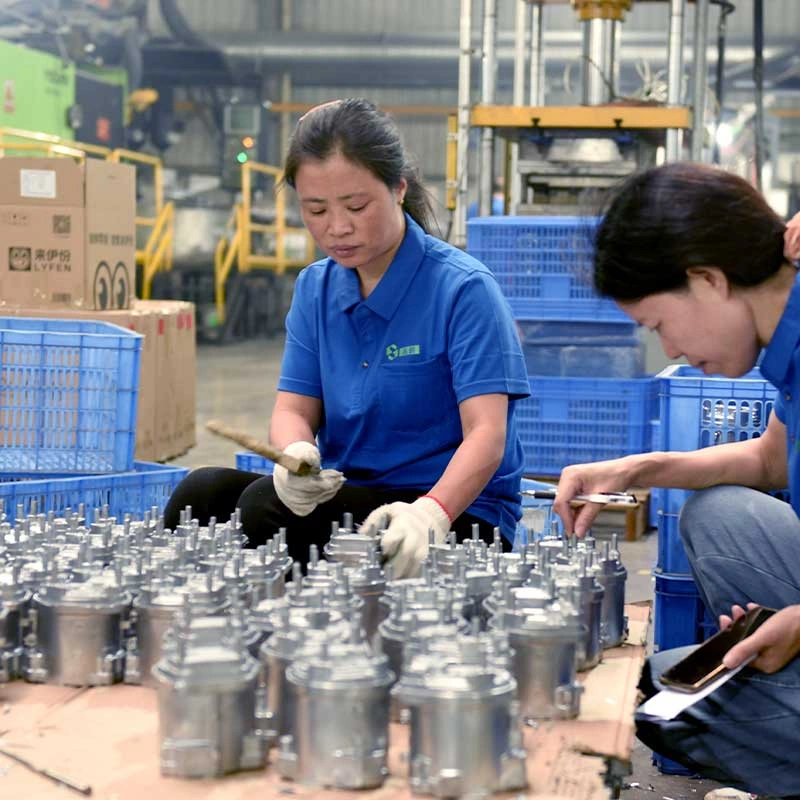
II. Affecting the Quality of Die-Castings
1. Internal Quality
The design of the gating system of the die-casting mold plays a crucial role in the filling condition of the aluminum alloy liquid. By optimizing the position, shape, and size of the gate and setting a reasonable runner structure, the molten metal can flow evenly in the cavity, thereby ensuring the structural uniformity of each part of the die-casting. In addition, the venting system of the mold is also essential. A sound venting system can effectively expel the gas from the cavity, reduce the occurrence of defects such as pores and bubbles in the die-casting, and improve the internal quality of the die-casting.
2. Surface Quality
The surface quality of the mold cavity directly affects the surface roughness and appearance quality of the die-casting. Whether the surface of the cavity is smooth plays a vital role in the surface finish of the die-casting after demolding. In addition, relevant treatments for the mold, such as nitriding and heat treatment, can also enhance the wear resistance of the mold, thereby ensuring a specific stability in the surface quality of the die-castings obtained during the long-term production process.

III. Affecting the Efficiency of Die-Casting Production
1. Production Cycle
The structural design and manufacturing quality of the mold affect the cycle time of die-casting production; that is, they affect the efficiency of the die-casting output. A well-designed mold structural design enables rapid operations, such as mold opening and closing, and the ejection of die-castings, reducing unnecessary auxiliary time and significantly improving production efficiency.
2. Mold Life
High-quality molds usually have a relatively long service life. Factors such as the selection of mold materials, heat treatment processes, surface treatments, and reasonable mold design can significantly improve the quality of the mold, thereby ensuring that the mold can maintain stable production performance within a specific period of time, reducing the number of mold repairs, and thus improving production efficiency.
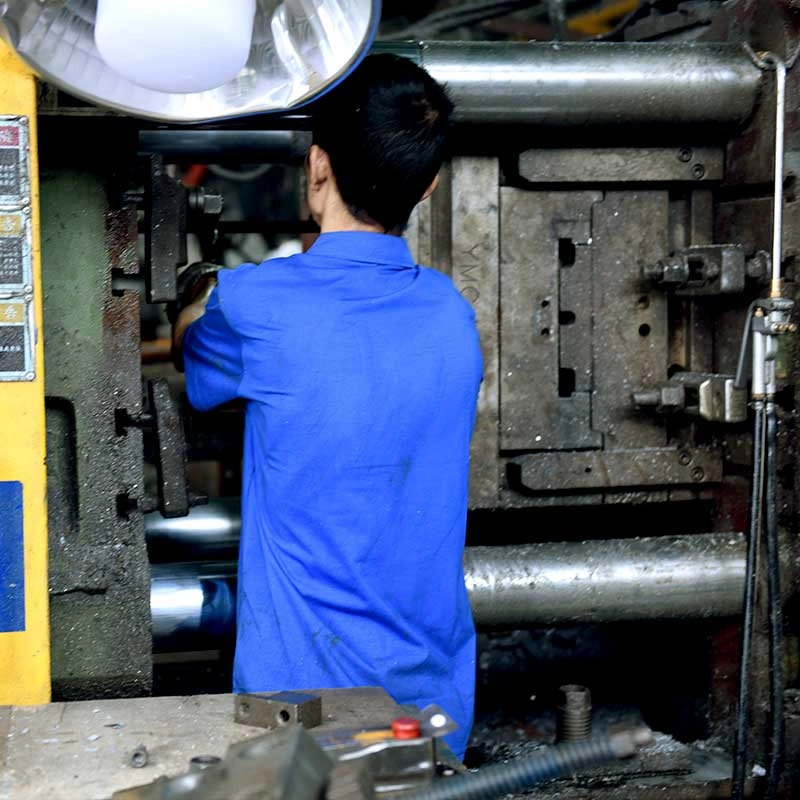
Conclusion
Therefore, die-casting molds play a vital role in aluminum alloy production. We need to conduct a thorough assessment from the mold manufacturing stage to produce high-quality molds, thereby reducing the occurrence of various abnormalities in the later product production process and improving the quality of die-casting products.

